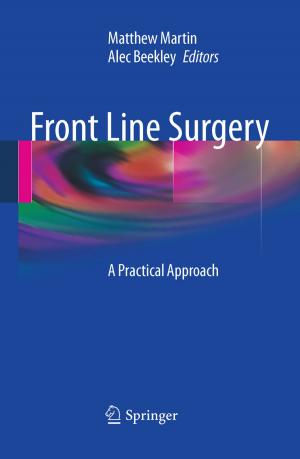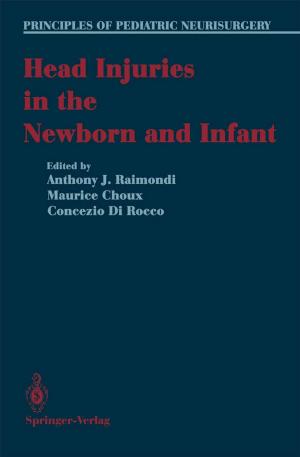Pathology of the Human Embryo and Previable Fetus
An Atlas
Nonfiction, Health & Well Being, Medical, Specialties, Pathology, Gynecology & Obstetrics| Author: | Dagmar K. Kalousek, Naomi Fitch, Barbara A. Paradice | ISBN: | 9781475721119 |
| Publisher: | Springer New York | Publication: | March 9, 2013 |
| Imprint: | Springer | Language: | English |
| Author: | Dagmar K. Kalousek, Naomi Fitch, Barbara A. Paradice |
| ISBN: | 9781475721119 |
| Publisher: | Springer New York |
| Publication: | March 9, 2013 |
| Imprint: | Springer |
| Language: | English |
This book is designed primarily for anatomic pathologists to facilitate their task of accurately diagnosing embryos and fetuses. A detailed examination of the products of spontaneous and induced abortions is necessary for accurate genetic counseling and for establishing the risk for specific abnormalities or another spontaneous pregnancy loss in the future. The growing interest in the defects of early development reflects the profound change in general life-style. In the past, spontaneous abortions were considered a common, usually sporadic event in a patient's reproductive history. Only reassurance and encour agement were given to the patient and scant attention was paid to the detailed pathology of the abortus. Nowadays, however, as a result of reliable methods of contraception and of the availability of reliable prenatal diagnosis for chromosome abnormalities more frequent in advanced maternal age, significant numbers of parents plan to have pregnan cies later in their reproductive life. Consequently, in a case of spontaneous abortion, the question of "cause" and of "future risk" of recurrence of abortion or an abnormal infant is particularly important. In the era of more elaborate and accurate prenatal diagnostic tests, the pathologist examining products of conception has a primary responsibility to detect, in both spontaneous and induced abortions, any developmental abnormality that would indicate an increased risk of multifactorial, chromosomal, and single gene disorders in a subsequent child.
This book is designed primarily for anatomic pathologists to facilitate their task of accurately diagnosing embryos and fetuses. A detailed examination of the products of spontaneous and induced abortions is necessary for accurate genetic counseling and for establishing the risk for specific abnormalities or another spontaneous pregnancy loss in the future. The growing interest in the defects of early development reflects the profound change in general life-style. In the past, spontaneous abortions were considered a common, usually sporadic event in a patient's reproductive history. Only reassurance and encour agement were given to the patient and scant attention was paid to the detailed pathology of the abortus. Nowadays, however, as a result of reliable methods of contraception and of the availability of reliable prenatal diagnosis for chromosome abnormalities more frequent in advanced maternal age, significant numbers of parents plan to have pregnan cies later in their reproductive life. Consequently, in a case of spontaneous abortion, the question of "cause" and of "future risk" of recurrence of abortion or an abnormal infant is particularly important. In the era of more elaborate and accurate prenatal diagnostic tests, the pathologist examining products of conception has a primary responsibility to detect, in both spontaneous and induced abortions, any developmental abnormality that would indicate an increased risk of multifactorial, chromosomal, and single gene disorders in a subsequent child.















